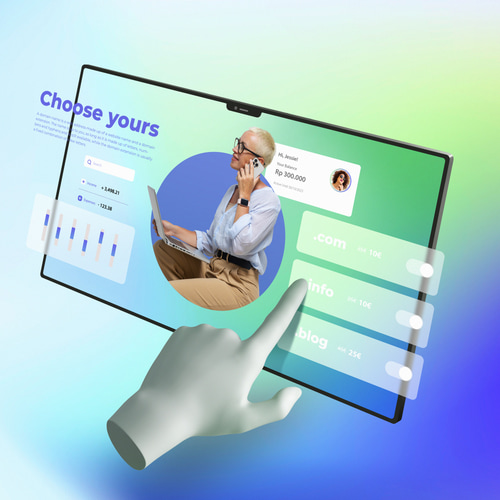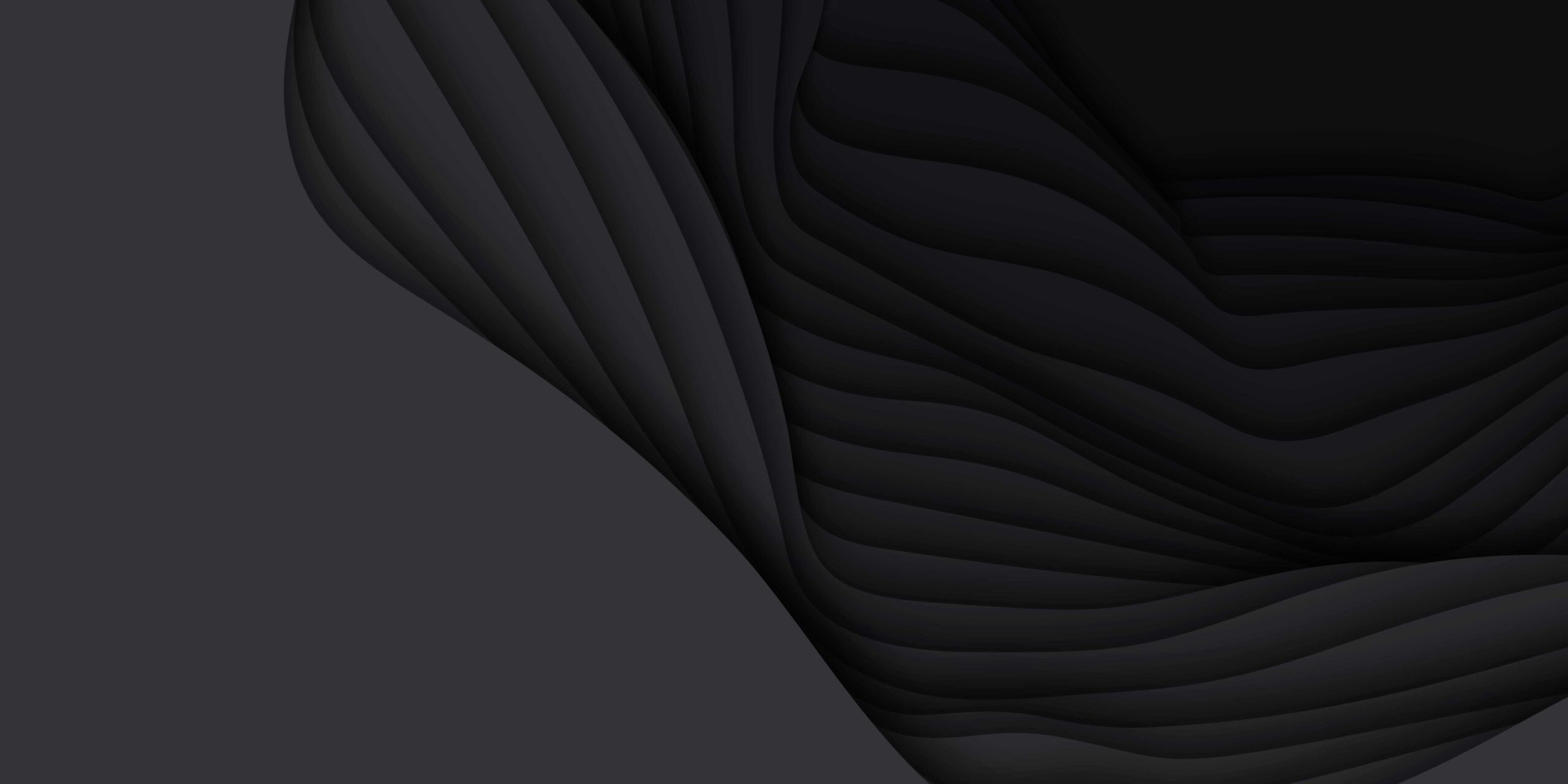
Healthcare at the Edges of Life
- Nacar Design Team
The healthcare world is constantly changing, and innovative design is playing a key role in improving patient experiences. This shift highlights the importance of embracing new ideas and adapting to rapid changes to create smooth, user-friendly, and accessible healthcare environments. In this blog post, we explore how thoughtful design is transforming healthcare, focusing on projects that benefit those at the edges of life.
The Gap in Healthcare Design
There's a big difference between the experiences people have in healthcare settings and those in everyday places like Apple Stores. Clinics and hospitals often lag in user experience, while everyday consumer environments set high standards for smooth, customer-friendly, and accessible interactions. This gap highlights the need for innovative design in healthcare to boost patient satisfaction, accessibility, and outcomes.
Designing for Extreme Audiences
Design truly shines during times of significant change. By focusing on groups like children, the elderly, neurodivergent individuals, and those with mobility challenges, we can create life-changing solutions. This approach, known as “designing for extreme audiences,” challenges the traditional notion of design catering predominantly to the comfortable middle part of life. Instead, it emphasizes the importance of innovation during extreme changes, where it can make a significant difference. Design is most crucial during times of extreme change. This approach calls for a shift in focus from designing primarily for the generational center to addressing the needs of those at the edges of the spectrum, such as young children and the elderly. By prioritizing these groups, we can create more inclusive and effective solutions that benefit everyone. For example, Moxie, an AI learning robot, was designed to help autistic and neurodivergent children. Since its launch in 2022, Moxie has had over 4 million conversations with kids, improving social skills by 71% for regular users. This success shows how these innovations can benefit everyone, especially during tough times like the COVID-19 pandemic.
Trustroke: Innovating Stroke Treatment
Nacar Design's Trustroke project is specifically designed to optimize treatment for patients who have experienced ischemic strokes. This initiative combines innovative design and artificial intelligence to enhance the therapeutic process. In collaboration with Vall d'Hebron Hospital and other European partners, Trustroke focuses on creating intuitive digital interfaces that streamline and improve the efficacy of medical interventions for stroke patients. The emphasis on accessibility ensures that these solutions are user-friendly for both healthcare professionals and patients, facilitating better recovery outcomes.

